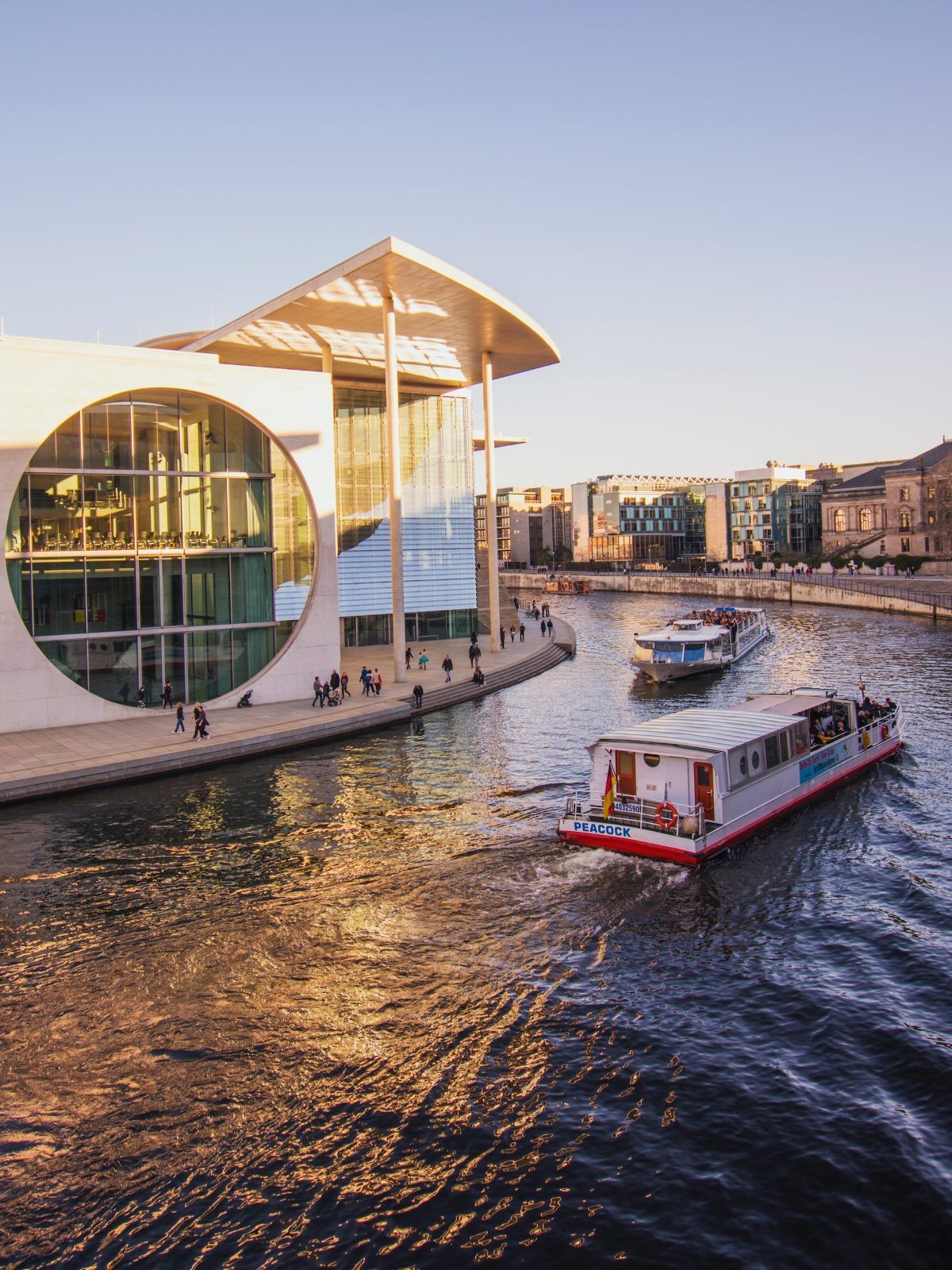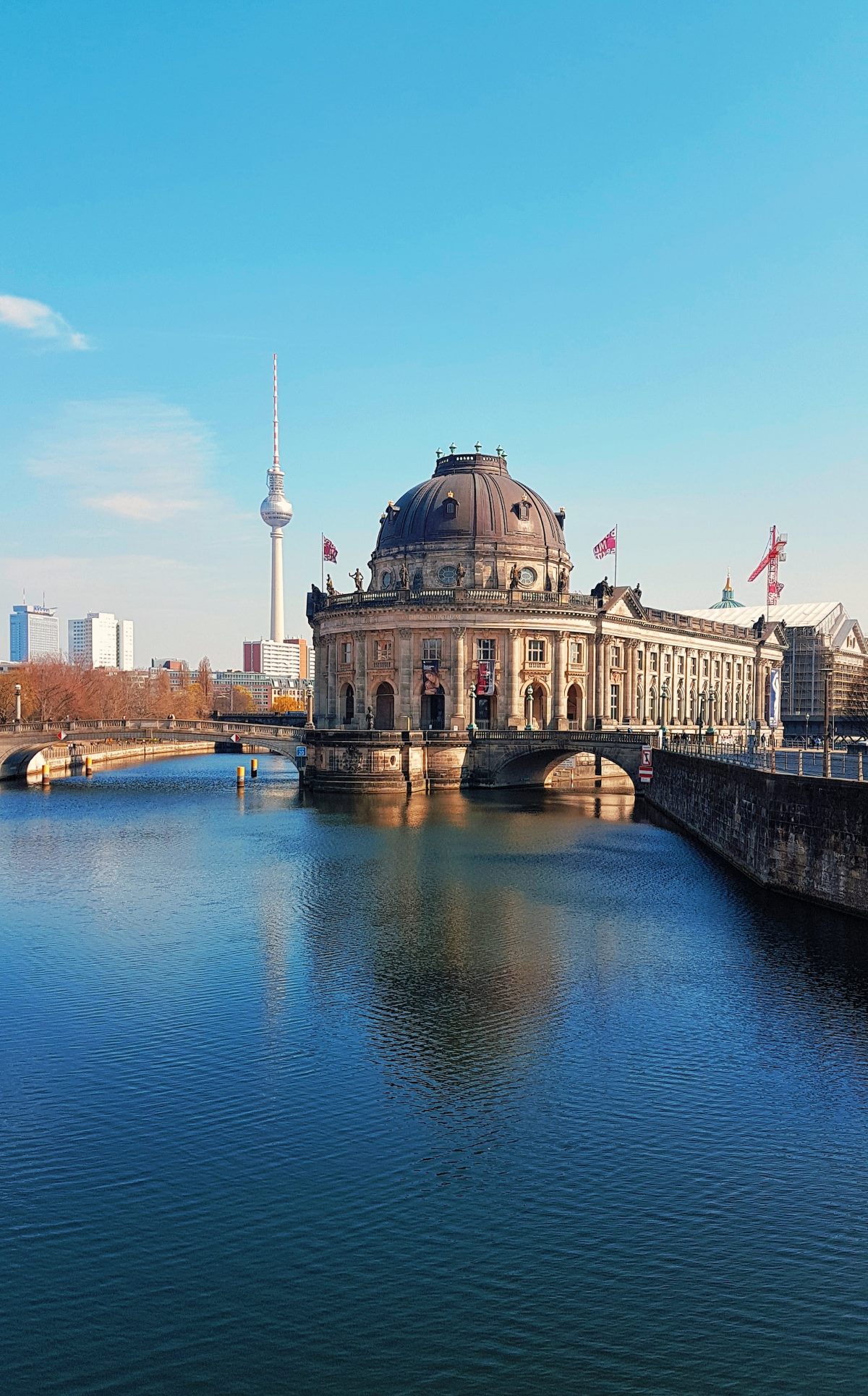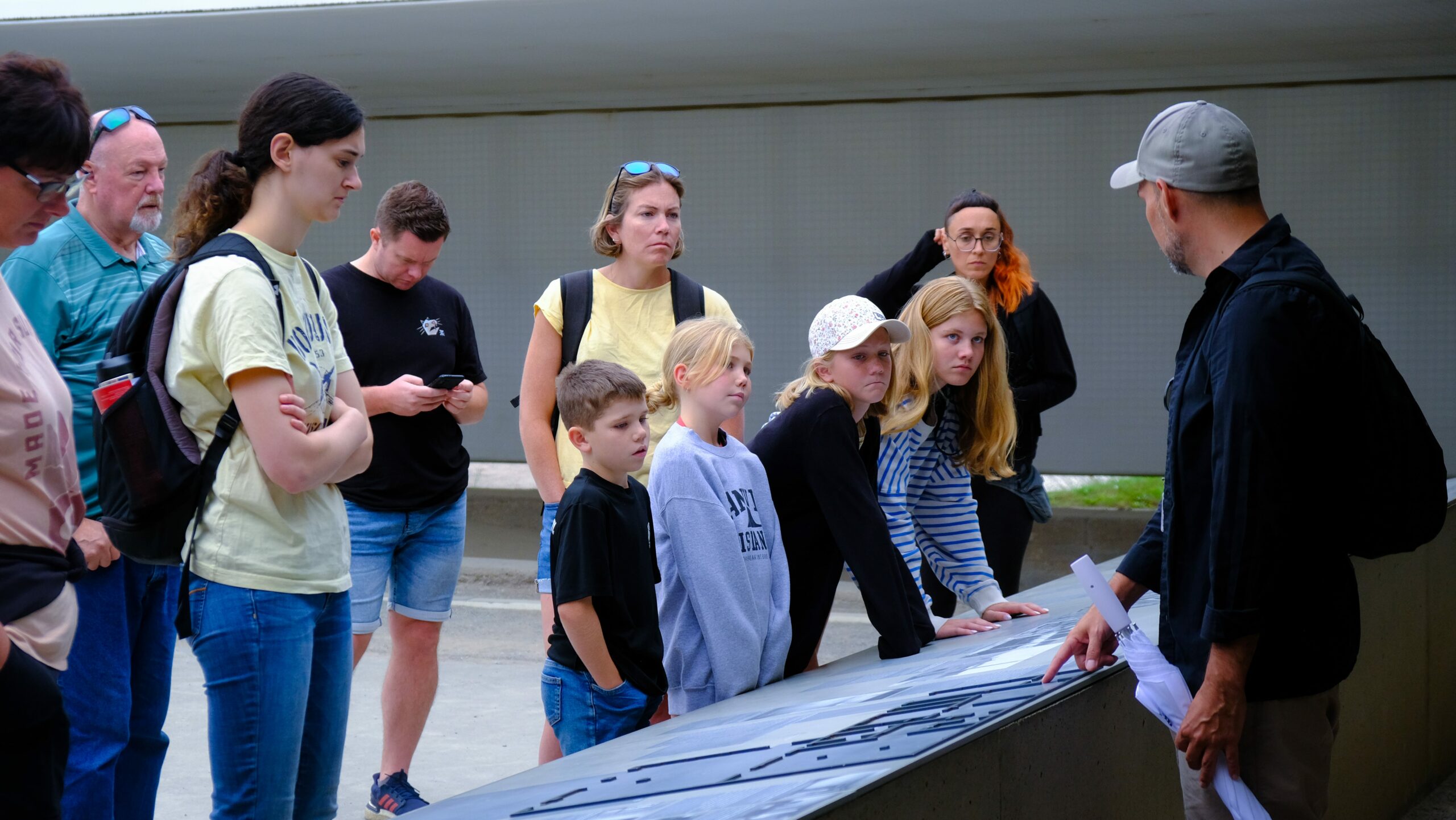During World War II the Nazi regime established Sachsenhausen as its largest concentration camp experience in Germany. The German authorities operated Sachsenhausen at its site near Berlin in Oranienburg between 1936 and 1945. The community first put political prisoners inside but developed it as the leader example for every German crematorium. You can now better understand Sachsenhausen’s background and role after this explanation.
The Purpose of Sachsenhausen Concentration Camp
Through its operation Sachsenhausen concentration camp met different goals for Nazi leadership.
- Sachsenhausen originally existed to detain people resisting the Nazi rule and punish political enemies of the party.
- Sachsenhausen prisoners did manual work under strict control because Nazi authorities assigned them to produce war materials for Germany. They worked at many businesses making and building assets for Germany’s military and industrial needs.
- At Sachsenhausen Nazi doctors performed medical experiments and scientific studies through their medical team. Prisoners endured terrible research experiments that ended in many injuries and fatalities.
- During its operation Sachsenhausen joined its main work as it killed large numbers of people who faced genocidal measures. This included genocide against Jews as well as targeted executions of Sinti and Roma people and other undesired groups due to their race or politics.
The History and Operation of Sachsenhausen Concentration Camp
Sachsenhausen started as a concentration camp on a disused brick factory property. Himmler created Sachsenhausen as a space to control prisoners effectively while running their labor at optimal efficiency. These important changes happened to the facility throughout its recorded history:
1936 – 1942: The Early Years and Expansion
The SS opened Sachsenhausen for service in 1936 while its first inmates entered later that year. The initial prisoners at the facility were political targets of the Nazi authority. The institution started with few political prisoners but later accepted larger numbers from across different countries and professions.
Between 1936 and 1938 Sachsenhausen developed into a facility for training SS staff responsible for managing Nazi detention facilities. They extended the area and built the notorious Tower A with new facilities. The tower functioned as both the major gateway and command headquarters to the entire camp area.
During 1941 authorities built Station Z on Sachsenhausen grounds with gas chambers and crematoriums to carry out mass murders.
1942 – 1945: Height of Operation and Liberation
The prisoner population of Sachsenhausen grew rapidly during this phase because many nations under Nazi control were made to hand over their people to the facility.
The SS initiated Operation Bernhard as its secret money forgery operation at Sachsenhausen in 1942. SS personnel initiated Operation Bernhard inside Sachsenhausen by creating duplicate British pound notes to weaken the British economy.
Before liberation the SS staff attempted to remove all physical evidence they had created from the prison’s area. Members of the Soviet Army invasion made prisoners walk to new locations as part of the 1945 plan.
Soviet military troops reached Sachsenhausen on April 22, 1945 to liberate the facility. Mathematical calculations show that of the 30,000 prisoners who were killed at the camp they succumbed through various means such as medicine experiments and starvation.
Visiting Sachsenhausen Today
Presently Sachsenhausen stands as a memorial and educational site that remembers all those who died during Nazi rule and assists guests in learning about the Nazi Period’s terrible actions. The memorial shows us how the horrible deeds took place during Nazi times.
Visitors to the site today can see all areas of the camp including the prisoner living space, burning facilities, and rooms that display memorials to prisoners.
Handle the memorial respectfully because its structure honors numerous people who suffered deaths at this place.
Seeing these sites teaches us about past suffering and helps us build a better world for the future.
Table of Contents




